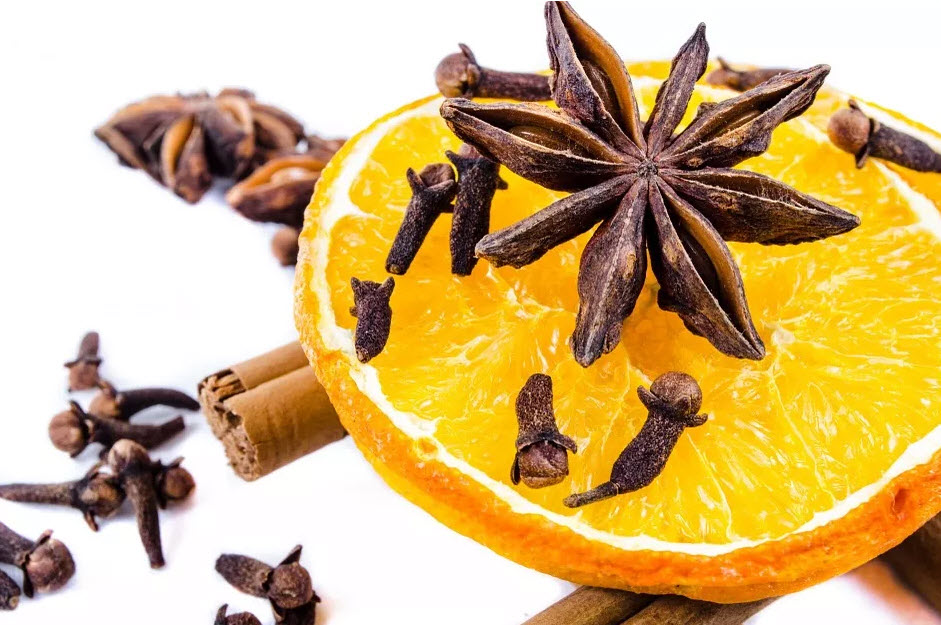Christmas Ales (or ‘Winter Seasonal Beers’ as they are classified by the BJCP) are a great style to brew when the weather starts to turn cold and you need something strong, warming and full of complex flavours to get you in the holiday spirit. These beers are designed to be aged so they are deliberately created with higher ABV, fuller-bodied and complex taste profiles. This allows the brewer to make beer a few months before Christmas, safe in the knowledge that when they come to drink them, they will be well rounded, boozy winter warmers.
Christmas ales can cover a variety of base styles. Many examples are spiced so the base beer should be able to carry the flavours well. A beer with a full body and a higher alcohol content is true to style so some Belgian styles can work well or else specialty dark beers.
The joy of brewing a Christmas ale is that it gives the brewer a lot of creative freedom – there’s no ‘right’ way to brew a Christmas ale so it’s a style you can have some fun with. We find it easiest to start with a concept, something that reminds you of the holidays. This might be Christmas pudding, gingerbread, fruits, desserts or anything else that you decide.
Once you have your base beer and your concept it’s time to decide what adjuncts you will need. Try and remember that if you decide to do a ‘Christmas pudding ale’ it doesn’t actually need to have Christmas pudding in it (although you could try adding this to the mash if you really wanted?) but instead you should be selecting flavours that are reminiscent of Christmas pudding so that when someone drinks your beer it is drinkable, enjoyable and they can pick out the flavours of Christmas pudding. A good rule of thumb for adding flavours to beer is to always remember it should be a beer first.
So let’s take a look at putting a Christmas beer together;
Firstly, our concept. We prefer the more traditional ‘winter warmer’ style so we wanted the base style to be something malty and full-bodied. A strong Scotch ale would work well. A well-brewed example of the style is malt forward and caramel flavoured with an aroma of breadiness and biscuit. A nice, fairly sweet finish combined with the malt character makes this a good beer choice for a dessert-inspired beer and won’t require too many additions.
Cinnamon, nutmeg and cloves have that traditional Christmas dessert feel that we’re after. Cinnamon in particular has that lovely sweet and slightly woody flavour that will compliment the beer well. Clove and nutmeg should be used sparingly though. Cloves in particular contain an oil that numbs the tastebuds and nutmeg contains the same oil whilst being potent and sweet.
Traditionally spices are added in the last few minutes (5-10) of the boil but you may also choose to add them during fermentation. Adding at fermentation may mean placing in a hop bag but this can be a bit of a nightmare, particularly with crushed spices and powders. An easier way is to put the spices in a glass jar with enough vodka to cover them. Leave the spices in the vodka for between 4 to 6 days, shaking daily, before adding to the fermenter through a sanitised strainer (ideally with some filter paper in the strainer).
As the spices we’re using are quite potent, we’re using 1/4 teaspoon of Cinnamon, 1/8 teaspoon of nutmeg and 1/8 teaspoon of clove. With spices, start low as they can easily overpower your beer. There is a little bit of trial and error involved here but it’s usually easier to add more flavour than to take flavour away. If you are using fruits or parts of fruit such as bitter orange peel then again these can be added during the boil or to the fermenter. You can go a little bit higher on fruits to get the flavour profile you are after. Our preferred method for adding fresh fruit flavour is to freeze the fruit first (bursting the cell walls and allowing more flavour to be extracted) before heating the fruit to around 80°C (176°F) and holding it there to pasteurise the beer. Mash the fruit into a puree before allowing it to cool to the same temperature as your beer. Add the fruit to a sanitised fermenter before syphoning your beer directly on top.
Any sugar additions, including things like honey or molasses, can be added in the last few minutes of the boil. Some brewers like to add this at packaging but be careful if doing it this way as adding extra fermentables at bottling can be a bit risky.
So, a strong scotch ale with cinnamon, clove and nutmeg. Here is what our recipe looks like;
OG: 1.091
FG: 1.023
ABV: 8.93%
IBU: 25.34
SRM: 16.10
BU/GU: 0.28
Boil Time: 90 minutes
Fermentables
7kg Maris Otter (87.3%)
0.45kg Crystal 40L (5.6%)
0.35kg Munich (4.4%)
0.18kg Crystal 120L (2.2%)
0.04kg Roasted Barley (0.5%)
Total: 8.02kg
Hops
40g East Kent Goldings
25g Fuggles
Mashing in for 90 minutes at 68°C (154°F) will help to create a sweeter, more full-bodied ale. Combined with the increased melanoidins from an extended boil and the different specialty malts this should be a big, boozy, malt-forward ale.
We will add the tincture to the fermenter once primary fermentation is done and allow it to sit in the fermenter for 3-4 days before bottling. Overall the finished beer should be warming, boozy, sweet and full of flavour but overall well balanced. A great Christmas ale!
What have you brewed for the holidays? What was your process? Let us know in the comments below.
